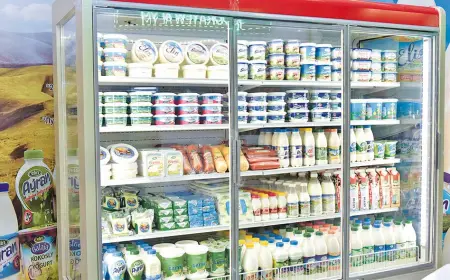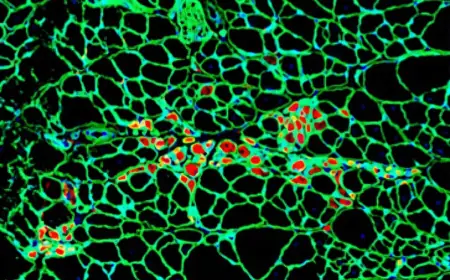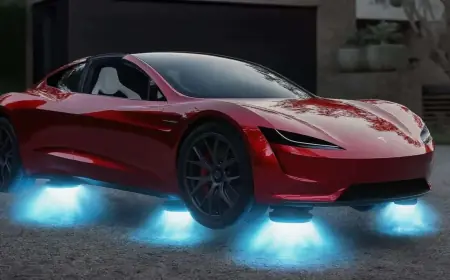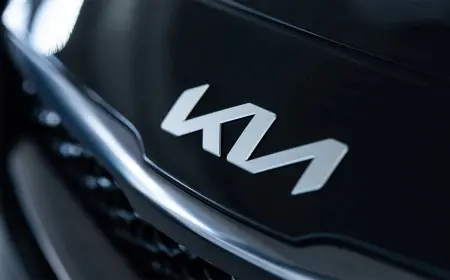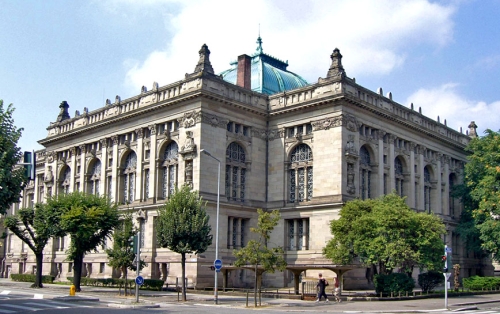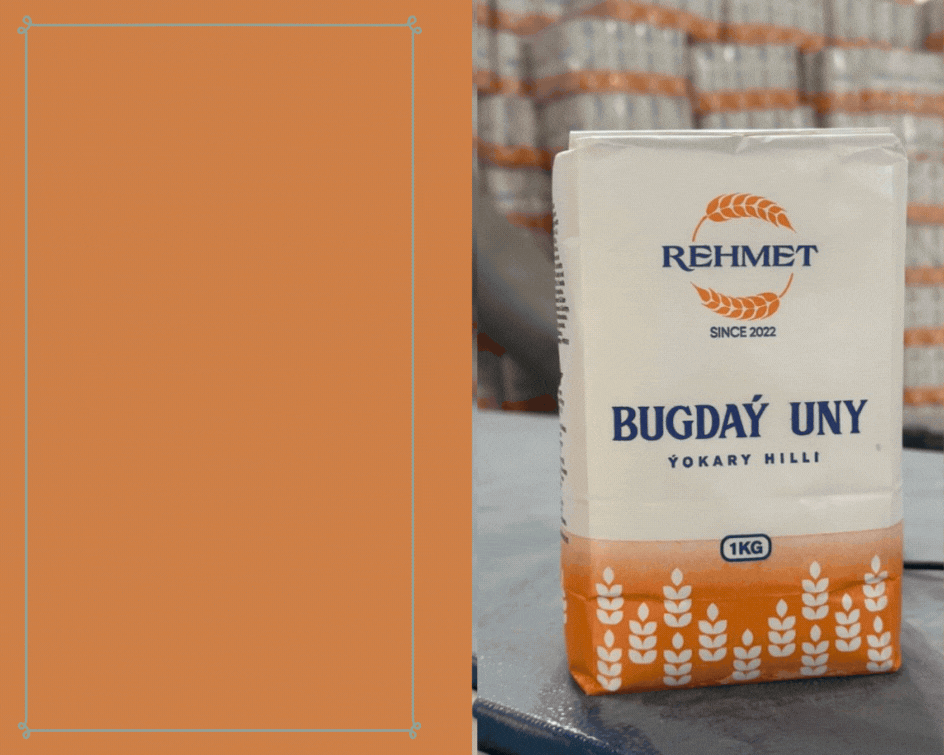Lego is not just a toy...
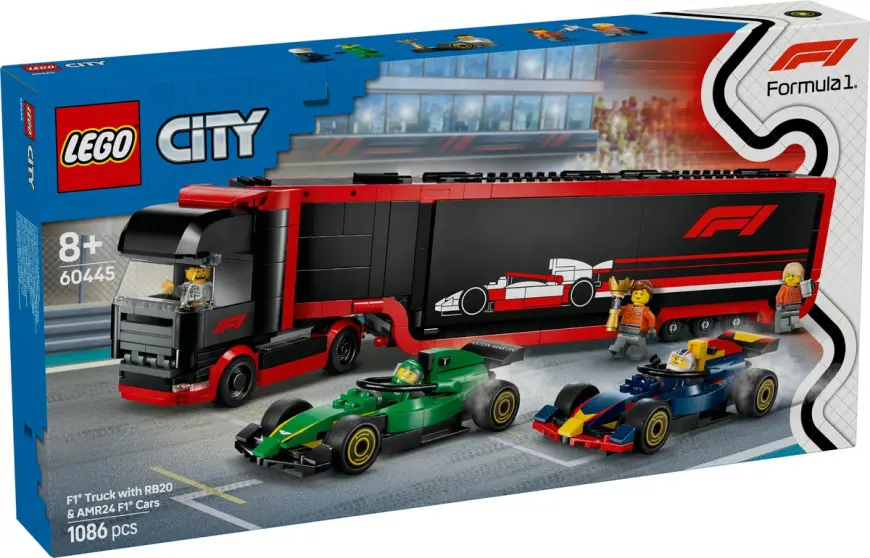
It is a way to explore the world through construction, develop creativity, enhance engineering skills, and transform ideas into reality. With such creative tools, great opportunities open up for both children and adults, connecting not only pieces but also thoughts, dreams, and development.
Lego, a favorite pastime for children, is one of the most interesting and useful toys. This toy consists of several interlocking plastic pieces that can be assembled into houses, pyramids, and various shapes. Lego, which began producing "toy bricks" in 1949, is now the world's largest toy manufacturer. The company produces over 600 billion toy pieces and accessories annually. Lego also organizes competitions and creative contests among young builders. Under this toy brand, several films, games, and more than 8 "Legoland" amusement parks have been established.
By introducing elements from other toys, Lego has become a favorite toy for children worldwide. Today, Lego toys are available in over 100 countries, with hundreds of stores. Founded in 1949 by woodworker Ole Kirk Christiansen, this company is considered one of Denmark's most famous enterprises.
Founder Ole Kirk Christiansen, at the age of 25, purchases an old workshop in his hometown of Billund. After buying the 21-year-old workshop, Christiansen continues his beloved profession—carpentry—there. However, a fire occurs in his smaller workshop. This incident does not discourage him. He immediately opens a new workshop and starts preparing new products. In a short time, around 1932, his modest workshop becomes known for wooden toys.
In 1942, he names these toys "Lego," derived from the Danish words "leg godt," meaning "play well." The word "Lego" is also used in Latin to mean "to collect" or "to assemble."
Starting in 1947, the company begins producing plastic toys. Two years later, toys resembling the current Lego toys are produced. In 1949, the Lego toys we all recognize today are introduced.
In 1958, Ole Kirk Christiansen passes away, and his son Gotfred takes over. In 1966, the company produces its first toy train. In the early 1960s, Gotfred Kirk Christiansen lays the foundation for the first "Legoland." During those years, a small exhibition made of Lego toys is opened inside the factory. Later, the exhibition is held in the factory's courtyard. In 1967, Lego's "Duplo" toys are introduced after that exhibition.
On June 7, 1968, the first "Legoland" amusement park opens in Billund, the birthplace of Lego. Covering 38,000 square meters, this park features houses, villages, trains, ships, construction vehicles, and natural beauties made from Lego toys. Currently, more than 2 million visitors travel to Legoland in Billund annually.
In 1988, Lego begins collaborating with the renowned MIT University in the USA. As a result, the production of computer-controlled toys is initiated. Later, Lego starts producing toys representing characters from blockbuster films like "Star Wars," "Harry Potter," and "Batman."
The headquarters of the Christiansen family's company, one of Denmark's wealthiest families, is located in Billund, and almost all of the toys are produced in factories in Mexico, China, the Czech Republic, and Denmark.
A few years ago, Lego presented its customers with a world map made of Lego pieces. It consists of 11,695 toy pieces. The assembled map measures 104x65 centimeters. According to the company's announcement, this is the largest world map ever assembled. It uses 40 different colors. The map also has a special frame for wall mounting.
Lego toys, known for providing endless creative entertainment for both children and adults, have become a beloved global brand over the years. These toys, which play a significant role in developing logical thinking, are enjoyed by everyone, from young children to adults. The fact that Lego toys are available in many retail outlets and online stores in our country indicates that Lego toys are accessible to everyone who desires them.








